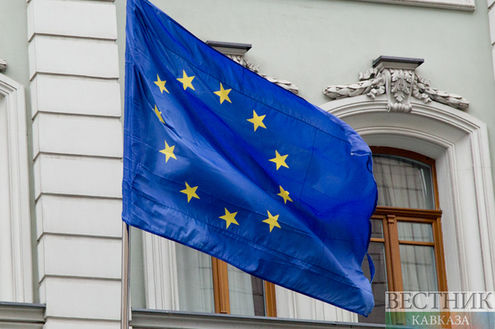We have heard so much over the last couple of years about how slowing Chinese growth has pushed global commodities into a long-term bear market that it can come as a shock to realise that the price of the most important commodity of all – oil – has risen 75 per cent since January.
The latest surge was triggered by reports that all members of the oil producers’ cartel Opec plus Russia will agree to freeze production at a meeting in Algeria later this month. Speculative traders rushed to buy oil futures in anticipation of a new bull market, pushing the price of international benchmark Brent crude as high as US$51 a barrel in August from US$27 in January.
The good news for Asia’s oil-importing economies is that the chances of a sustained increase in the oil price much above US$50 a barrel are minimal any time soon.
That is not because demand from China, the world’s largest importer, is slowing. Quite the opposite: despite cooling economic growth, China’s monthly crude imports have continued to grow at average year-on-year pace 10.5 per cent over the last 12 months, as the country’s middle class buys ever more cars and as Beijing builds up its strategic petroleum reserve.
The recent oil price surge came after reports Opec nations and Russia will agree to freeze production at a meeting later this month.
Instead, prices will remain subdued because the world is swimming in oil. And despite talk of a production freeze, there are no convincing signs of an end to the glut, as a combination of Middle Eastern politics and market forces dictates that the world’s big oil exporters will continue to pump as fast they possibly can.
Saudi Arabia and Russia did agree in principle to freeze production to support prices as long ago as February. But Saudi’s powerful young deputy crown prince has made clear its participation would be conditional: Riyadh will only agree to a production quota if other Opec members play along too.

Iran’s oil minister, keen to rebuild his country’s exports after international sanctions were lifted in January, dismisses that notion as “ridiculous”. Convinced that last year’s slump in oil prices was engineered by Saudi Arabia specifically to undermine Iran’s economic prospects, senior Iranian officials refuse to countenance any suggestion of production curbs, and talk boldly of increasing output from 3.6 million barrels a day now to 4 million by the end of this year. Without Iran on board, there is no chance Riyadh will accept a freeze.
With global oil supply outstripping demand, and prices down by more than half over the last two years, this determination to pump as much as possible might seem self-defeating. But for the Saudi royal family it makes solid political and economic sense.

Obliged to fund a lavish welfare programme to support its rule, the Saudi government ran a budget deficit last year equal to 16 per cent of gross domestic product. That dented even Saudi’s financial reserves, pushing Riyadh towards borrowing money in the international markets for the first time ever, and giving it a powerful incentive to maximise oil revenue. If unilaterally curbed output in a bid to support prices, it would merely lose market share to other exporters. Saudi made that mistake in the 1980s, when its subsequent efforts to rebuild its market only drove the price lower.
And even if Opec members including Iran were to agree a production freeze – and comply with it – Saudi could still lose out. Any sustained increase in the price of oil above US$50 a barrel would encourage non-Opec producers in the West to ramp up their output.
In other words, it is likely any Opec production curbs would simply play into the hands of non-Opec producers, especially in the United States, where thousands of capped wells can be brought into production relatively quickly should prices show any sign of a sustained rise.
The competitive environment dictates that Saudi should continue to pump as fast as it can. That makes sense in the longer term too. At current production rates , Saudi has at least another 60 to 70 years of proven oil reserves. With international concerns about climate change mounting, and electric cars fast gaining market share, Riyadh faces the risk that come the middle of this century it will find itself sitting on 100 billion barrels of oil that no one wants. The solution is to sell now to fund attempts to build a less oil-dependent economy.
The upshot is that despite growing oil demand in China and India, plentiful supplies will continue to hold down prices to not much more than US$50 a barrel at least in the medium term. For Asia’s oil importers that’s very good news, but less so for the speculators betting on a new bull market in crude.






